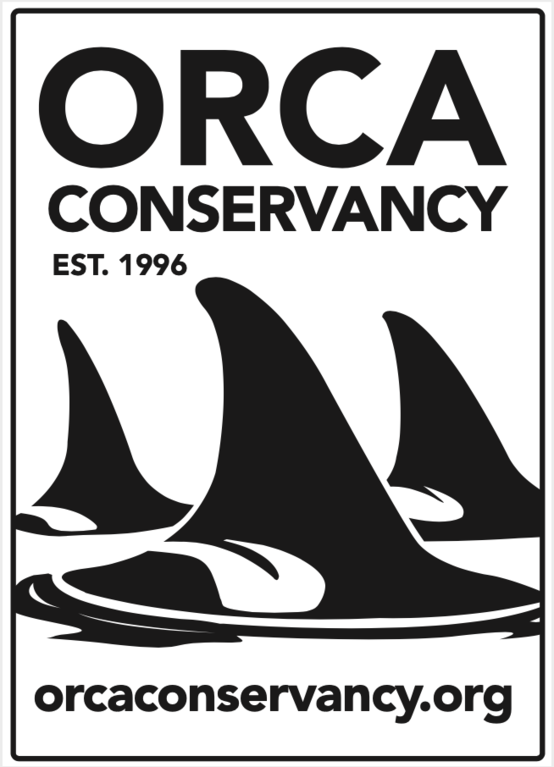Importance of Environmental Laws and how they protect salmon and Southern Resident killer whales
Photo: Betsey Thoennes
Guest Blog: James Ives | Principia High School | Senior Project
With the recent proposition to take down the lower four Snake River dams by Rep. Mike Simpson, we have been given a new hope towards restoring the critically endangered Southern Resident killer Whale (SRKW) population. We have also noted some major flaws in the proposal, such as the termination of some very important environmental laws that keep our waters clean, protect salmon, including the very habitats which salmon and many other animals call home.
These laws include:
The Endangered Species Act;
The Clean Water Act (A Summary of the Law); and,
The National Environmental Policy Act
Rep. Simpson's proposal intends to remove many of the aforementioned laws from all 78 of the dams along the Columbia River Basin which have protected water quality, habitats, and salmon -- for 35 years. These laws were made to not only protect nature and wildlife but to ultimately protect human life as well. IF these laws are removed we will see environmental injustice as we have never seen before. Such as, an increase in the contamination of salmon, a lower population of wild salmon, a decrease in species which depend on clean water and aquifers, drinking water for humans will be polluted, degraded conditions for workers, increased harmful agriculture, etc. The very thought of losing citizen oversight to utilize environmental laws currently in place only encourages environmental injustice.
Rep. Simpson proposal to include handing over protection of our water quality to the state Department of Agriculture is just not feasible. Currently, Washington's 200,000 adult dairy cows (CAFO's) produce up to 20-million pounds of manure each day. Sadly, much of this manure is getting into Washington’s surface and groundwater, causing significant public health and pollution problems. Can we really afford the elimination of 25-years of protection towards some agricultural activities which will only continue putting humans, and endangered species -- such as wild salmon and SRKWs -- at risk?
Currently, the critically endangered SRKW population has 75-members total across all three pods; identified as J-, K-, and L-pod. Continued environmental injustices will only increase the negative effects on SRKW recovery efforts. Eighty-five percent of SRKW diet consists of Chinook salmon; salmon which is needed for population growth and survival. Scientifically, we know water temperature is one of the most critical factors in salmonid incubation. Meaning, salmon at any stage need cold, clean, oxygenated water to survive and optimal temperatures vary depending on the species and life stage.
Rep. Simpson's proposal earmarks spending $34-billion dollars towards mitigation efforts for stakeholders and communities (agriculture, transportation, power generation) affected by dam removal. However, there is very little to no accountability for how these funds will assist the public and/or be used towards salmon benefits. The proposal goes a step further and appears to encourage the creation of additional factory farms which will increase climate change, pollute air and water, and consume large amounts of needed water.
Many local environmental organizations, Orca Conservancy included, value the protections in which environmental law provides. To secure a healthy future for our SRKW population and the salmon they rely on for survival, we must not only remove the lower Snake River dams, but continue upholding our environmental laws currently in place.
While Orca Conservancy fully supports the breaching of the four Lower Snake River Dams (LSRD), we continue to insist ALL stakeholders be given a voice at the table and that stakeholder meetings commence sooner rather than later. By choosing to recognizing each stakeholders weaknesses and strengths will ultimately promote a revolutionary change in environmental history, which will ultimately offer to assist healing historical injustices towards local tribal communities who have inhabited these lands since time immemorial.
